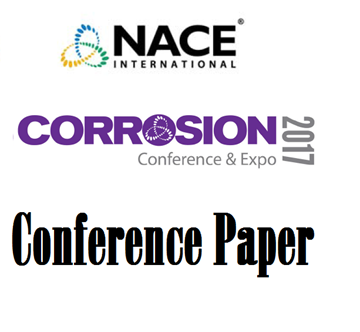Search
51312-01666-Improving the Effectiveness of Indirect Inspection Surveys
Also Purchased
51312-01669-Utilitizing Recent Advances in Voltage Gradient Survey Techniques for Complex Survey Conditions
Product Number:
51312-01669-SG
ISBN:
01669 2012 CP
Publication Date:
2012
$20.00
Improving the Quality of ECDA Indirect Inspection Data
Product Number:
51317--9038-SG
ISBN:
9038 2017 CP
Publication Date:
2017
$20.00
Optimization of the Coating Anomaly Detection and Prioritization Methodology Using Voltage Gradient Surveys
Product Number:
51300-11132-SG
ISBN:
2011 11132 CP
Publication Date:
2011
$20.00




